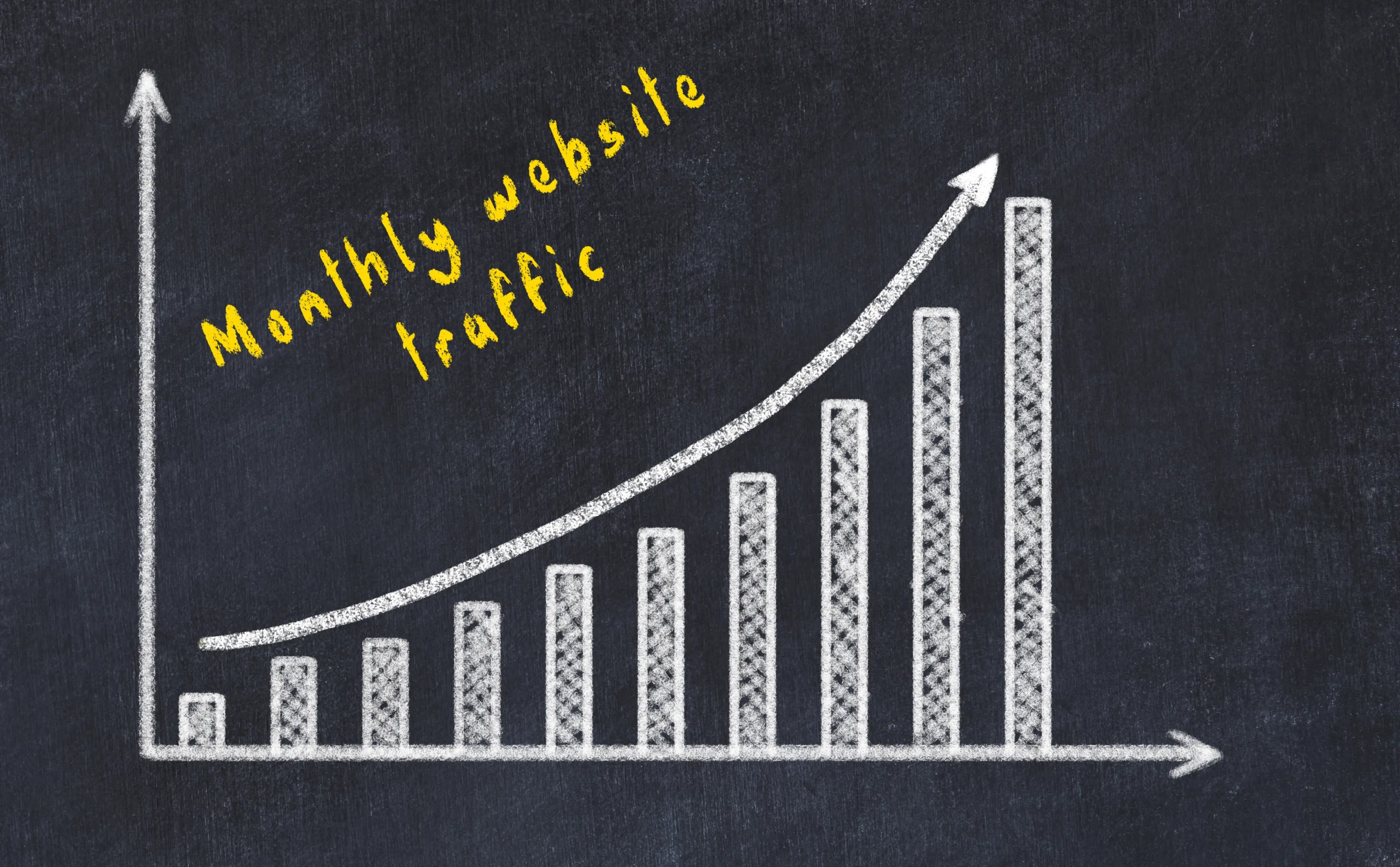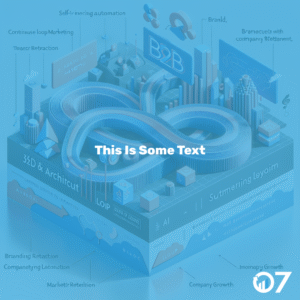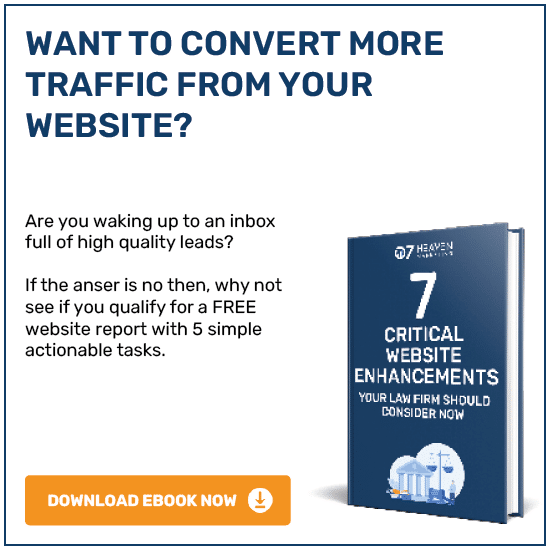Do you know how to create an inbound marketing strategy? If not keep reading to find out…
Firstly, inbound marketing is a business technique used to entice potential clients by creating worthwhile content and experiences bespoke to them. Compared to outbound marketing, which overloads your audience with content they do not want, inbound marketing aims to build relationships and solve any issues they already have.
When creating a strategy for inbound marketing you must first step is to plan. You must set goals and the metrics you wish to track. The next step is considering how to maximise your lead conversion to turn visitors into customers.
Planning your Inbound Marketing Strategy
Set SMART Goals
The most successful businesses are those who identify their long-term marketing goals using the SMART goal structure.
A SMART goal stands for:
SPECIFIC – Your goal should communicate what is expected, why the goal is important, who’s involved, where it is located and which resources or limits are involved.
MEASURABLE – Your goal should have time parameters so that you stay focused.
ATTAINABLE – Your goal should be realistic and achievable for your team to achieve, while stretching their abilities.
RELEVANT – Your goal should matter to your business and address a core initiative
TIMELY – You should have a date that you expect to complete your goal.
Typically, marketers will have goals for visits, contacts and customers for the year, quarter, or month. By segmenting your goals and focusing on them individually this helps to provide a clear path to success.
VISITS
This is important if you are just getting started with your website or if you have a good conversion rate for visit to leads and leads to customers, but are looking to build on that.
CONTACTS
This is important if you are satisfied with the amount of traffic to your website, but find you are not generating enough leads for sales.
CUSTOMERS
Focus on this if you are getting a healthy amount of traffic to your site, visitors are using the forms to convert, but leads are not ready to close to customers.
To determine what constitutes visits, contacts or customer goal, we recommend examining your current situation.
What have you been focusing on in the past? What are you currently spending the most amount of time on?
How much time do you have each week? Who else is helping you?

Set key metrics and benchmarks
When setting your goals, avoid using buzzwords that aren’t specific, such as “more engagement so we have better leads”. Focus on using specific number and/ or percentages that need to increase over time. Here are
different metrics to consider when setting your benchmarks:
CONTENT POST METRICS
- Landing Page Visits
- Conversions/ Submissions
- Conversion Rate
- Social Media Shares
BLOG POST METRICS
- Page Views/ Overall Traffic
- Inbound Links
- CTA Clicks/ Conversions
- Comments and Social Media Shares
EMAIL METRICS
- Delivery Rate
- Open & Click Rate
- Bounce Rate
- Unsubscribe Rate
CREATE AN ACTUAL PLAN
Using a template or spread sheet, determine which marketing activities you will focus on, on a monthly or quarterly basis.
An inbound campaign should encompass all of your marketing channels around a single offer and goal. From landing pages, calls-to-action, emails, blogs posts, social media posts, keywords and workflow, these should all align and focus on your targets.
Hubspot have created an excellent template if you are looking for guidance.
Turning Visitors to customers
ATTRACTING VISITORS
CONDUCT RESEARCH AND DEFINE YOUR BUYER PERSONAS
Developing your buyer persons will help you to appreciate whom it is you are marketing to, their challenges and what their goals are. Defining your target customer will help you to determine how to go about creating the most appropriate content as well as your overall inbound strategy
RUN A CONTENT AUDIT
As well as writing blog posts, if you wanted to produce other pieces of content, it’s worth considering which ones you want to make. For example, creating an e-book that filters all of your blogs posts into one ultimate guide is one way to offer your clients information in a different format.
If you’ve been in business for a while, reviewing your content marketing efforts over the last year helps you to establish what you can do differently in the upcoming year. Be sure that these align with your SMART goals.
START CREATING NEW CONTENT
An issue with outbound marketing is that you’re promoting content that isn’t always relevant to the person reading. It is not worth generating any old traffic to your website, but the most appropriate traffic based on your Buyer Personas. The better you understand your audience and their needs, the easier it should become to generate content that will appeal to them and attract them to your site. Once your goals are defined, you’ll want to determine the types of content you want to create.
SEARCH ENGINE OPTIMISATION
One way to approach this to assess our visibility across a topic, compared to individual keywords. As a result of arranging content within topic clusters, compared to disjointed posts, we’re able to capture a large amount of search traffic across an increasing pool of relevant keywords. This also enables us to align our brand with several relevant core topics. The topic cluster has allowed us to transform how we create and arrange our content.
HOW MUCH TRAFFIC IS ENOUGH TRAFFIC?
You should be focusing your efforts on driving more traffic to your website if you are attracting fewer than 1,000 visits per month. Statistically, for every 1,000 visitors per month, you should be generating roughly 10 leads that convert to 1 new customer.

TURNING VISITORS INTO LEADS
Now that you are attracting visitors to your website, you want to be able to turn these visitors into leads for you to nurture into becoming customers. This is also known as the conversion process.
To begin this process, you start by offering the client content or a service, in the form of an eBook or free trial, and ask that your website visitor provides some of their information in return.
HAVE SOMETHING TO OFFER
It is important to establish that you have an offer, which is valuable enough to encourage your website visitor down the conversation path.
CREATE A CALL TO ACTION
Also known as a CTA, this should be an attention-grabbing button on your website that asks the user to receive your offer. They will then be led to a landing page.
Make sure that the offer tells the customer exactly what they are getting, i.e. a 20-minute consultation. Offers that are too vague typically generates the lowest conversation rates.
CREATE A LANDING PAGE
This page should contain a form for visitors to complete, along with an explanation detailing what your user is receiving from filling out the form. A landing page should have no navigation. This is to help focus your users attention on the offer. Once they have submitted their form, the visitor is then directed to your Thank-You page.
CREATE A THANK-YOU PAGE
A Thank-you page must provide the offer you promised your visitor and suggest other content they may be interested in, so that they stay engaged with your website at their discretion.
The conversion process means that visitors to your website are no longer strangers, but have become a lead that you can begin nurturing into a customer.
NURTURING LEADS INTO CUSTOMERS
Lead nurturing is the process of engaging your leads by providing relevant content at each stage of the buyer’s journey.
You want to move them through your marketing efforts to the point where they become paying customers. Tactics can involve nurturing leads through targeted content, multi-channel nurturing, multiple touches, timely follow-ups and personalisation.
- TARGETED CONTENT – Sale opportunities can increase by more than 20%
- MULTI-CHANNEL LEAD NURTURING – 80% of marketers say their email open rates fail to exceed 20%.
- MULTIPLE TOUCHES – From the moment they enter the top of the funnel to becoming a closed customer, leads will receive an average of 10 touches.
- TIMELY FOLLOW UPS – A lead is 21 more times more likely to become a customer if contacted with five minutes, compared to those contacted after 30 minutes
- PERSONALISED EMAIL – The revenue generated from a personalised email can be up to 6 times the amount of one that is non-personalised
- LEAD SCORING – 68% of successful marketers name lead scoring based on content as the most effective tactic for improving revenue.
- SALES AND MARKETING ALIGNMENT – Roughly 9 in 10 companies increase the number of sale opportunities if they their sales and marketing efforts.We have created a digital marketing resource page, why not check it out? It is about all things digital marketing and inbound marketing. We have listed informational blogs about inbound marketing methodology, SEO, content creation and social media management.
For further insights and guidance, we invite you to explore our blog at 07hm.co.uk/blog. Here, you’ll find a wealth of information tailored to the needs and challenges of SMEs navigating the digital landscape. Additionally, if you have specific questions or need personalised advice, don’t hesitate to reach out to us via email at info@07hm.co.uk or telephone on 01702 410663.






